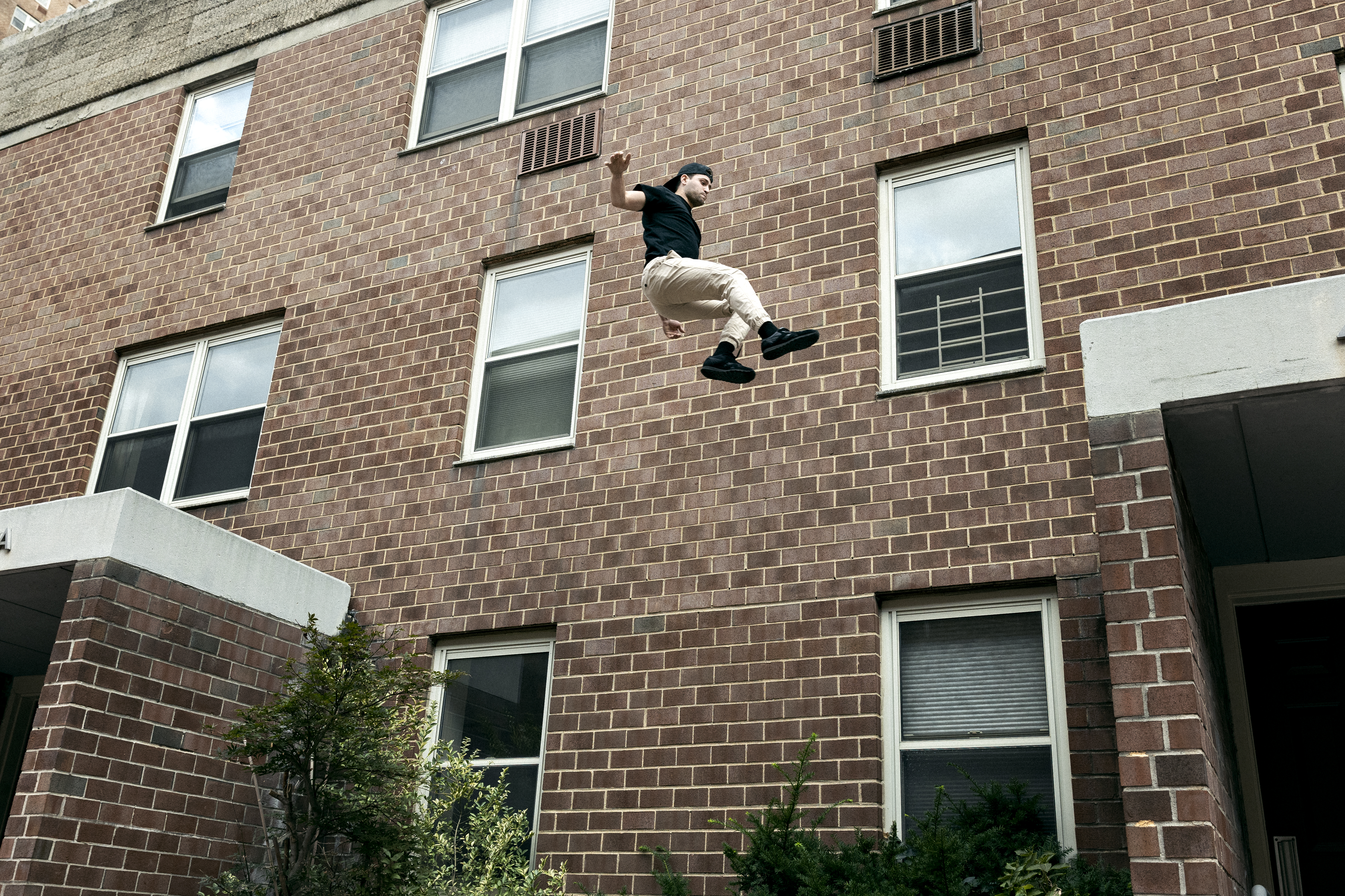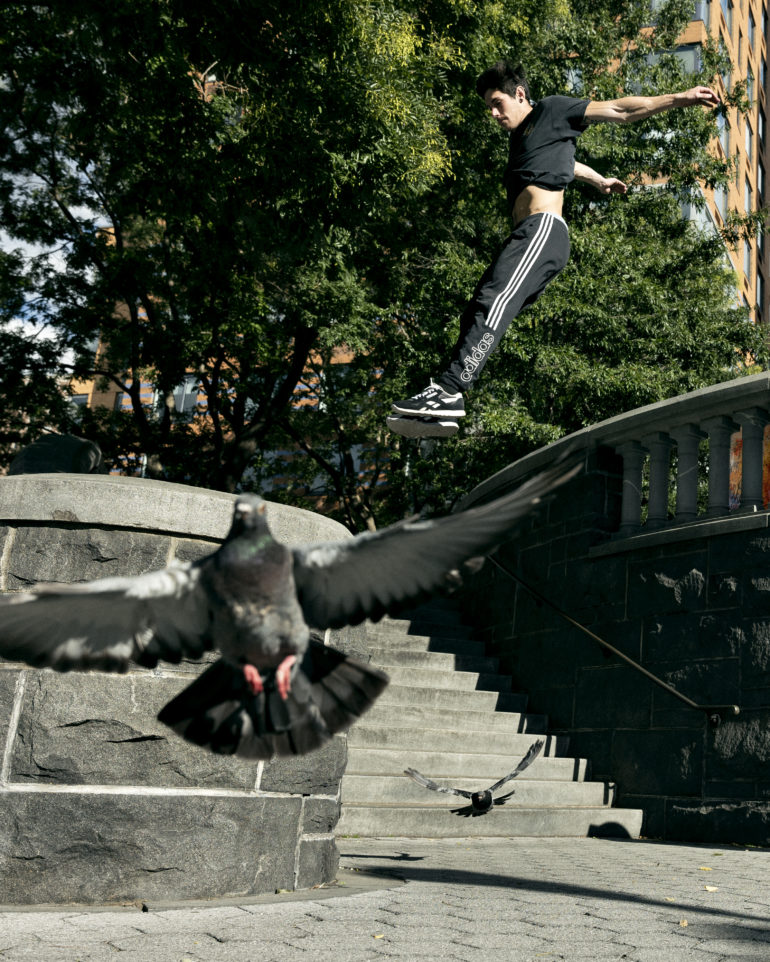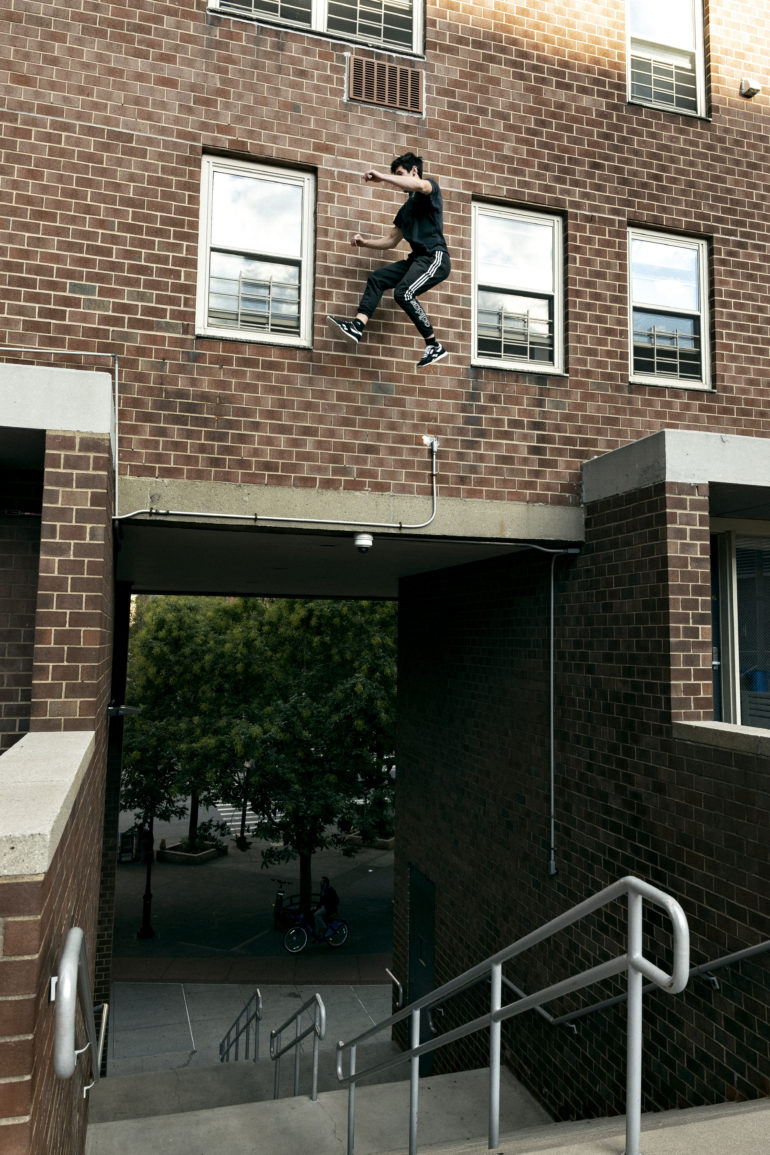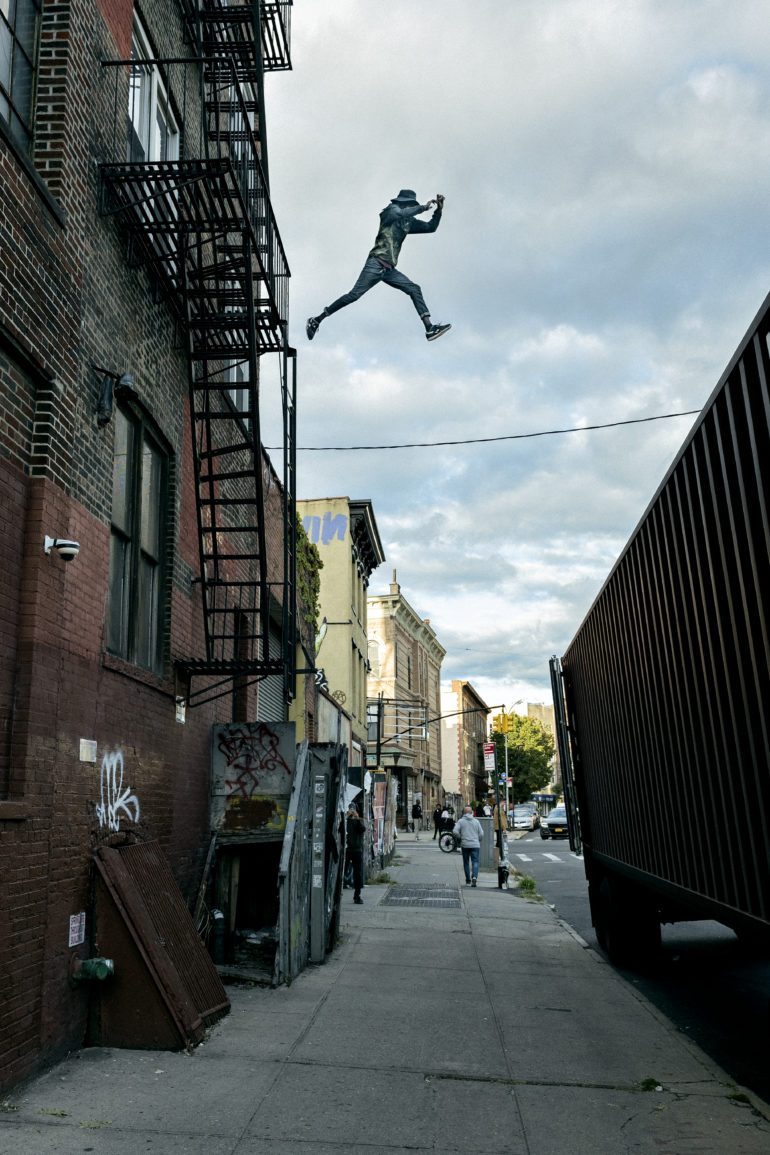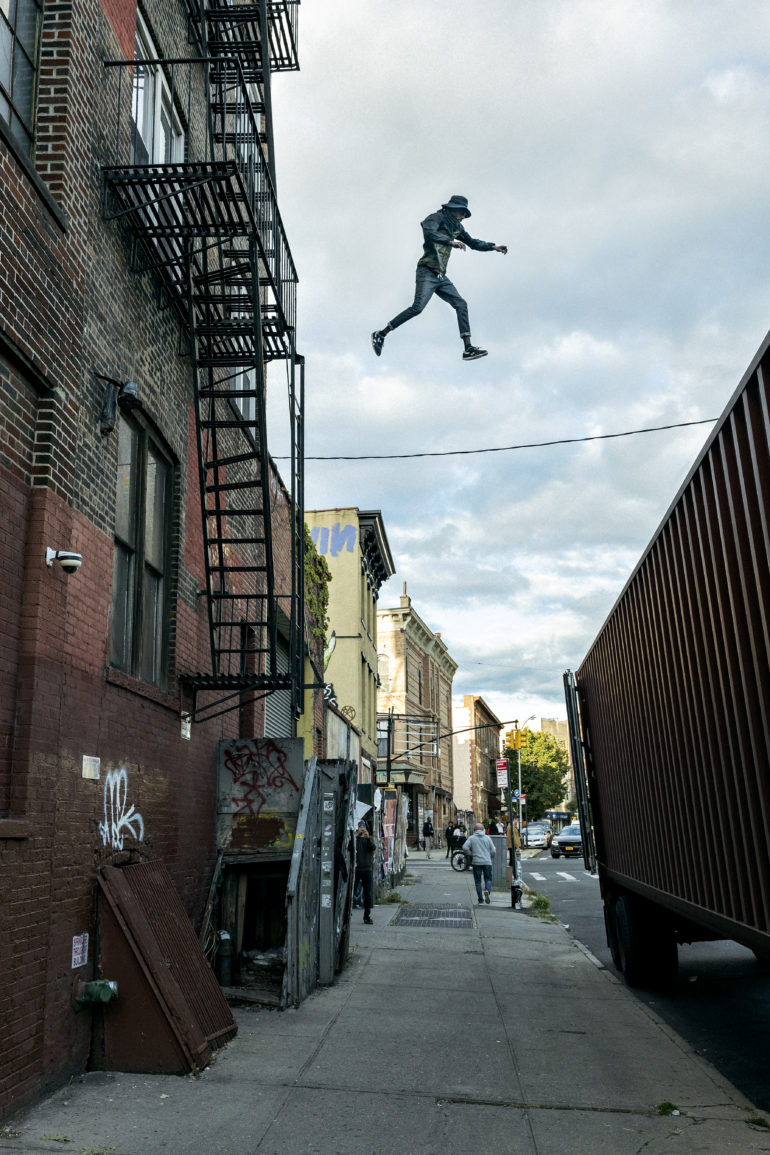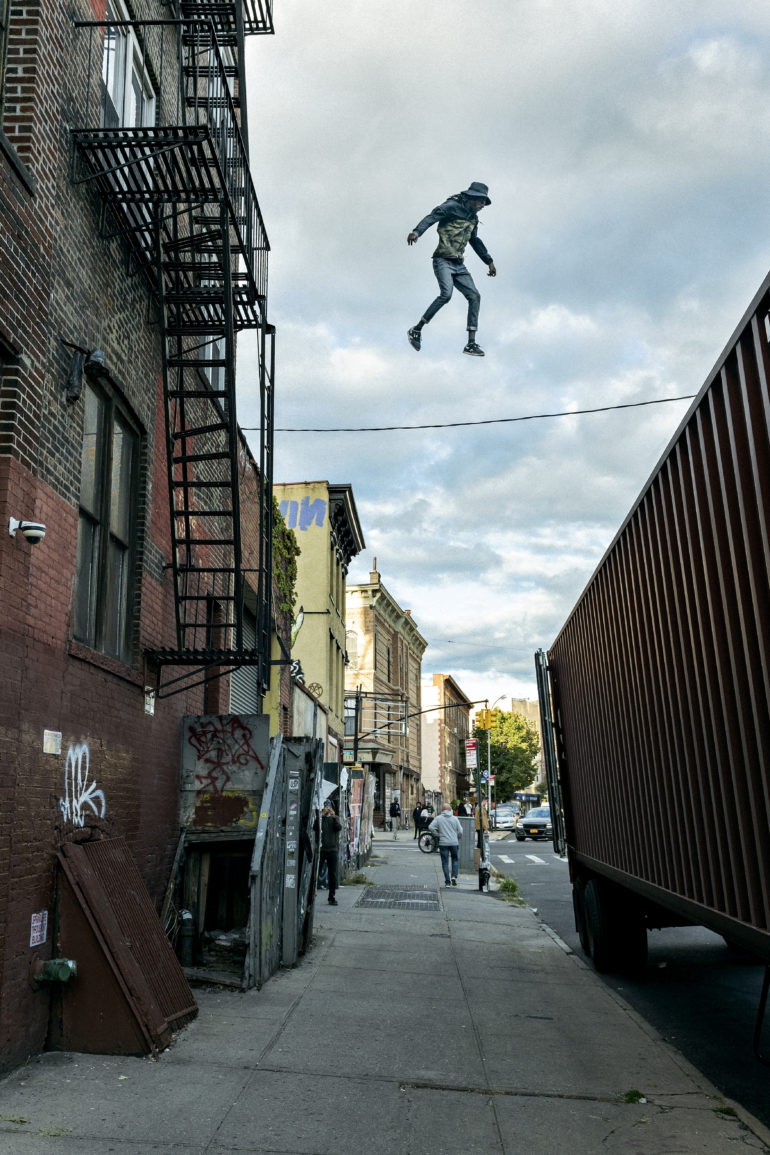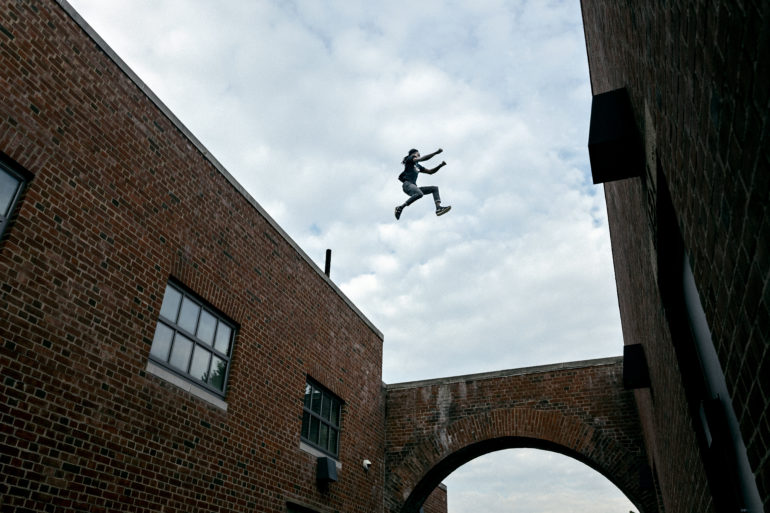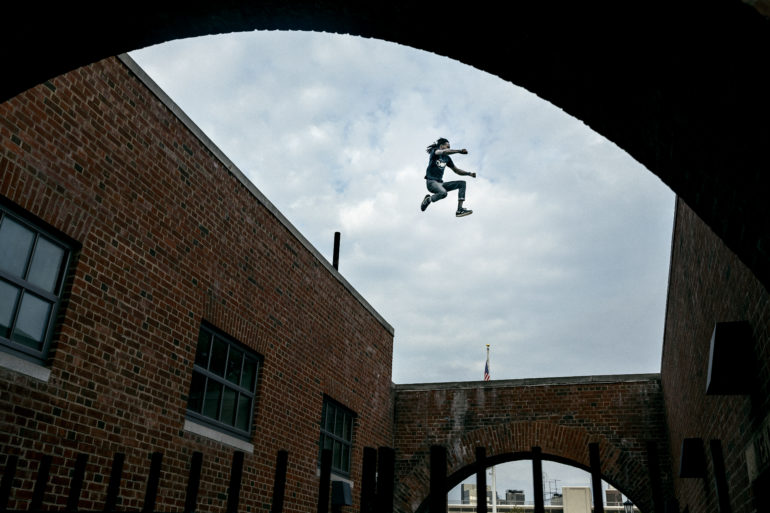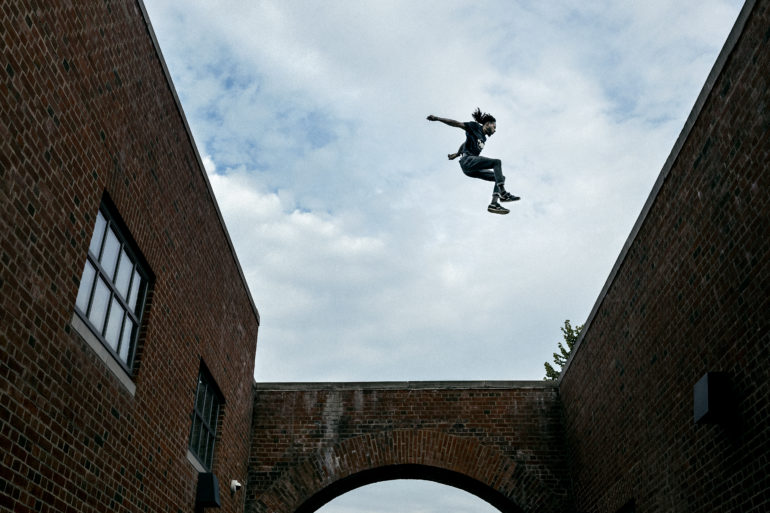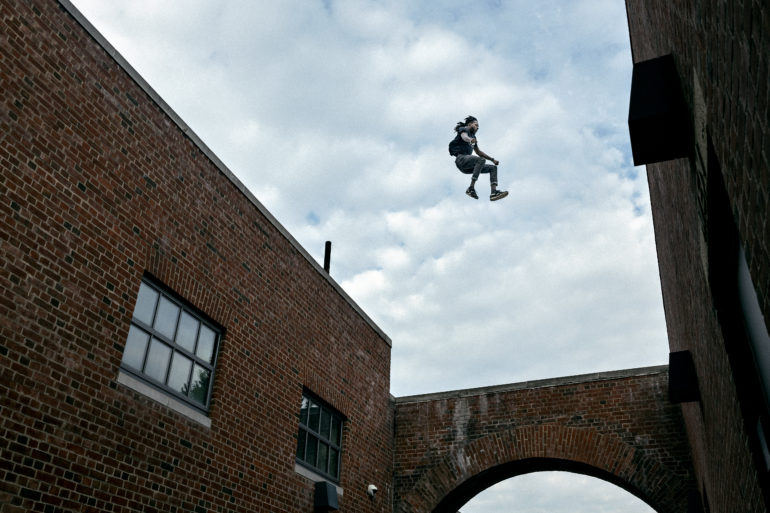“Safety is the number one priority when shooting and I always leave it up to the athlete if they want to do the jump or not,” Photographer Ben Franke tells us about photographing parkour. Ben, like many other photographers, loves his Leica. His work is proof that the decisive moment isn’t just limited to the M-series. But there’s an entire backstory to how Ben gets his shots. And as he tells us, there can be a long time between getting the location and the shoot just right.
Editor’s Note: This is a sponsored blog post from Leica. All images by Ben Franke and used with permission. Follow him on Instagram and be sure to try out the Leica SL2-S for yourself.
The Essential Photography Gear of Ben Franke
Ben Frank tells us about using the Leica SL2-S on this shoot:
“I used the Leica SL2-S with the 24-70/2.8 lens. Normally I like to time the shot, though when capturing bigger jumps, it’s not always possible for the athlete to do it more than once. I made use of the high-speed capabilities as well the great dynamic range and colors to create the look I was going for when editing the work.”
We talked to you a few years ago about Parkour Motion! And you’re obviously still photographing parkour athletes. Has the thrill changed for you at all?
The thrill has definitely evolved for me over the years. I’m much more in tune with the mental difficulties of the sport and so I work to collaborate with the athletes and capture them while they challenge themselves. Recently, I worked on a shoot with a rooftop gap where the athlete Sha Mualimm-Ak (@vanguard.athletics.co) was only the third person ever to do the jump.
How much planning goes into these shoots with the athletes? I can imagine trying to react to them and capture them can be sort of difficult.
Quite a bit of planning goes into each shoot. Sometimes it’s a spur-of-the-moment collaboration, but other times it can be a while between finding the location and getting the photo. The rooftop gap image with Sha, for example, took us a week to capture after going there on 3 different days. The first time we scoped out the jump and decided it was better to come back another day. The second time there were many people around, which wasn’t ideal. Then on the third day there the athlete did the jump, which was amazing to witness, and I hope the image did the challenge justice.
How is the Leica SL2-S helping you capture these athletes?
The dynamic range and look of the images the Leica produces are phenomenal. It really helps me bring the athletes to life in an image and capture their movements. Besides producing amazing files, I find that the camera really gets out of the way and is incredibly conducive to shooting and creating.
Where does your inspiration come from for these images? How do you come up with new ideas and locations?
The inspiration generally comes from the athletes themselves. I try to find movements that I think would photograph well or find a great location for them to move in. Anytime I’m out in a new place, I tend to be scouting around for locations, so I have a long list of locations and ideas that I’d love to shoot.
One of the athletes I recently shot, Ernest Lubonja (@potti_photos), does backwards precision jumps from one rail to another. It’s incredibly mind-bending to watch in person but can be tough to do it justice in a still image. I recently went to Boston to shoot together and there happened to be a perfect location to capture that exact jump.
“Besides producing amazing files, I find that the camera really gets out of the way and is incredibly conducive to shooting and creating.”
So, you are not using powder and flash anymore?
I moved away from it for a bit because I felt I had explored what I wanted to with that idea. When I first started shooting parkour, I shot a lot in daylight, and lately, I’ve been moving back towards that way of shooting. I’m not opposed to revisiting the powder and flash at some point in the future if I’m collaborating with a new athlete or find a location that’s incredibly inspiring for it.
How do you ensure that you and the athletes don’t get into trouble when doing this?
I’ve had my fair share of run-ins with security, but what we are doing doesn’t damage anything and we are not bothering anyone. Safety is the number one priority when shooting and I always leave it up to the athlete if they want to do the jump or not.
“The dynamic range and look of the images the Leica produces are phenomenal. It really helps me bring the athletes to life in an image and capture their movements.”
Editor’s Note: This is a sponsored blog post from Leica. All images by Ben Franke and used with permission. Follow him on Instagram and be sure to try out the Leica SL2-S for yourself.


